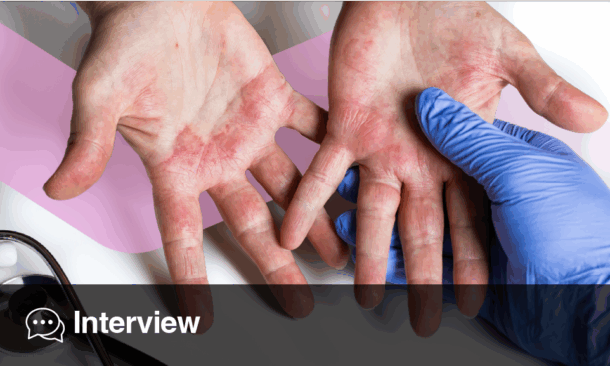A NEW screening initiative has transformed how clinicians detect skin cancer among transplant recipients. Data from Kaiser Permanente Northern California show that targeted surveillance significantly increased early skin cancer detection rates in high-risk patients without raising short-term health care demands.
Understanding Risk in Transplant Recipients
Solid organ transplant recipients face a markedly heightened risk of skin cancer due to long-term immunosuppressive therapy. However, their risk levels vary widely. The modified SUNTRAC-based programme (KP-SUNTRAC) categorises patients into low, medium, high, or very high risk for posttransplant malignancy. Using this stratification tool, the system tailored screening intensity to the degree of risk, improving oversight and reducing missed diagnoses. By identifying individuals most vulnerable to malignancy, the model supports efficient allocation of clinical resources and encourages more timely dermatological referrals.
Improved Screening Rates Without Added Burden
In this retrospective cohort study of 2083 transplant recipients matched with 26 199 nonrecipients, researchers found a 7.8-fold increase in overall posttransplant skin cancer risk (HR 7.78; 95% CI 5.97–10.10). After implementation of the KP-SUNTRAC programme, the risk of first-detected cancer rose to HR 2.57 (95% CI 1.76–3.73), reflecting faster and more accurate identification.
Screening rates improved considerably among the high-risk group (HR 1.98; 95% CI 1.39–2.82) and very high-risk group (HR 2.17; 95% CI 1.21–3.86), with no rise in health care utilisation, including dermatology visits, pathology specimens, or overall consultations. The structured approach enabled precise, earlier skin cancer detection while maintaining balanced service demand.
Future Outlook for Targeted Screening
The findings highlight how risk stratification can strengthen preventive care outcomes for vulnerable transplant patients. By refining follow-up intensity according to risk, programmes like KP-SUNTRAC demonstrate that better skin cancer detection can be achieved without increasing costs or clinician workload. As solid organ transplant survival improves globally, incorporating evidence-based monitoring frameworks may become essential to ensure timely diagnosis and reduced morbidity in long-term care settings.
Reference
Lee DS et al. Skin cancer surveillance program for solid organ transplant recipients. JAMA Dermatol. 2025;DOI:10.1001/jamadermatol.2025.3890.







